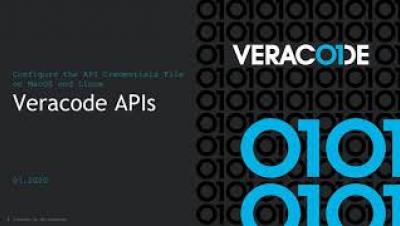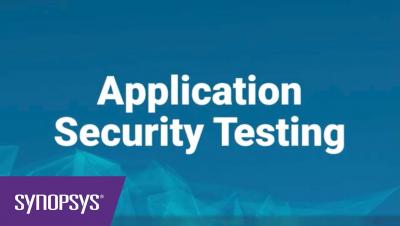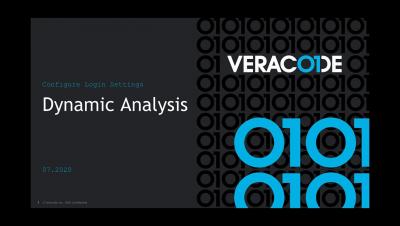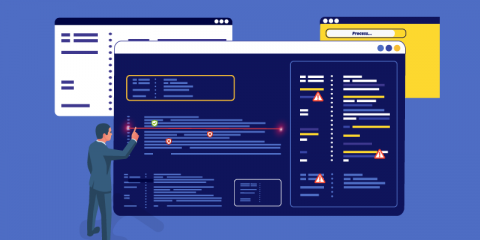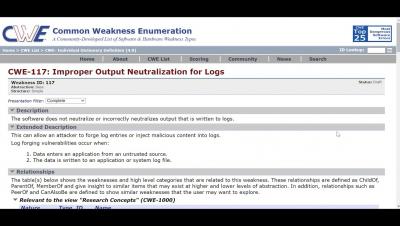Security | Threat Detection | Cyberattacks | DevSecOps | Compliance
Testing
Configure the API Credentials File on macOS and Linux
Application Security Testing Tools & Platform 2020 | Synopsys
Learn more about Synopsys Software Integrity: https://www.synopsys.com/software-integrity
Subscribe: https://www.youtube.com/synopsys
Follow Synopsys on Twitter: https://twitter.com/sw_integrity
Tips for Unifying the Security Professional and Developer Roles
Configure Dynamic Analysis Login Settings
Interactive Application Security Testing: IAST Basics
Because applications and software vulnerabilities are the most common external point of attack, securing applications is a top priority for most organizations. An essential component for reducing this risk is application security testing (AST). In this blog, we focus on interactive application security testing (IAST), the relative newcomer in the AST market.
Quality Conundrum: Relying on QA Tools Alone Increases Risk
Quality assurance, or QA, is one of the go-to solutions for organizations looking to enhance their application security (AppSec). But alone, they don’t provide enough coverage and can give your team a false sense of security that comes back to haunt you during audits, or worse: after a breach. QA tools are only the tip of the iceberg when it comes to flagging and remediating flaws that leave your applications vulnerable to attacks.
How Outpost24 Secures the SDLC
At Outpost24, we’re committed to providing information security testing solutions to not only fit seamlessly into the SDLC, but also to enhance our customers’ experiences in implementing and maintaining their best practices to ensure their SDLC leads to a strong security posture and comprehensive resiliency around their full stack.
How to Cyber Security: Fuzz a tank
Defensics is a generational fuzzer, which means it creates test cases based on a detailed model of the input data. The result: test cases that are very realistic but messed up in some way. This technique is highly effective in burrowing into different control paths in the target and revealing vulnerabilities. Subjectively speaking, the test cases have high quality. The disadvantage of generational fuzzing is that somebody has to create the data model for the inputs you are fuzzing.



